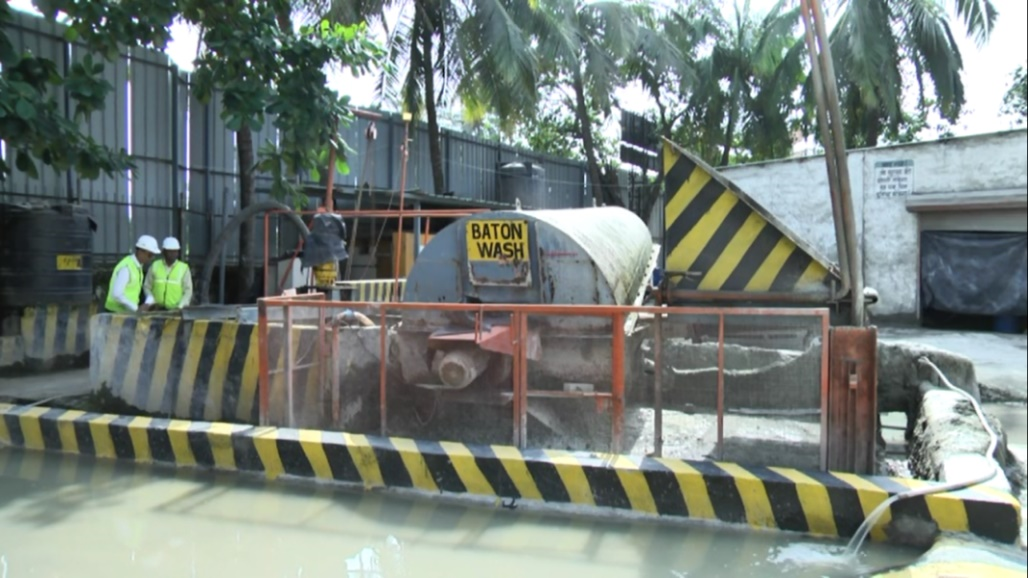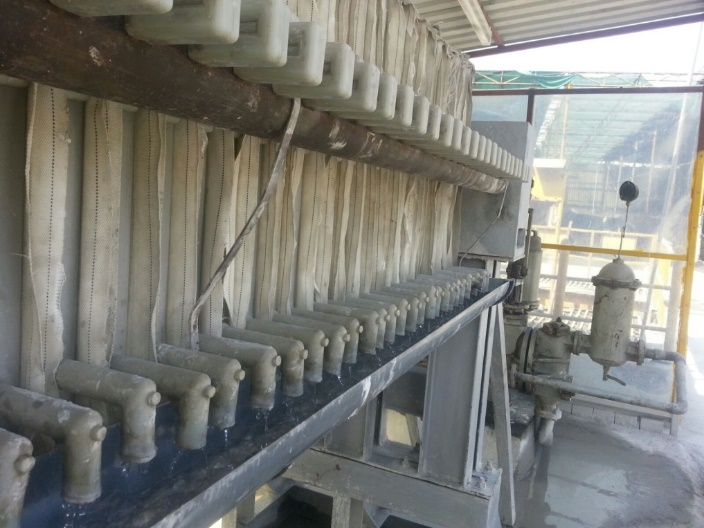The adoption of the “3R ’ principles – Reduce, Recycle and Reuse – is one of the important hallmark of sustainable construction. The construction industry is responsible for creating huge amount waste every year. According to the 2022 Global Status Report for Building and Construction, published by the Global Alliance for Building and Construction under the UN Environment Programme, around 100 billion tonnes of waste is caused by construction, renovation and demolition (C&D), out of which nearly 35% goes to landfills [1].
All human beings are responsible for generating waste. The industrialization-led economic growth and resulting urbanization have given impetus to the rapid rise in waste generation. Therefore, the strict adoption of the principles of “3R” is of crucial importance.
In India, the metropolitan and other big cities are already facing the challenges of effectively managing the waste generation which is increasing rapidly. As the waste landfill sites near cities are shrinking, ugly mounds of C&D wastes are springing up on the outskirts of cities, creating environmental hazards due to its impact on the quality of air, water and other natural resources. It is reported that nearly 90% of the methane from solid waste management originates from the landfills.
As defined by the Construction and Demolition Management rules of the Ministry of Environment, Forest and Climate Change (MoEFCC), C&D waste comprises of building materials, debris and rubble resulting from construction, remodelling, repair and demolition of any civil structure [2]. Difference of opinion exists on the quantum of C&D waste generated in India. According to the information compiled by the Centre for Science and Environment (CSE), there exists a large gap in the estimates of C&D waste by leading organizations – 750 mt/year (Development Alternative and GIZ), 530 mt/year (MoEFCC) and 150 mt/year (Building Material and Technology Promotion Council) [3]. It is indeed sad to know that only 1% of the C&D waste is fruitfully utilized [4].
Realising that the lack of reliable estimate on C&D waste is one of the biggest barriers in its management, a private sector company in India - Godrej Construction Limited, which is well known for its commitments to sustainable construction - commissioned a sample study to estimate waste generated during the construction process. The objective of the study was to understand the quantum, composition and distribution of waste generated at every stage of construction that can provide actionable insights on waste reduction, segregation, traceability and recycling. An innovative ‘feet-on-the-ground’ approach was adopted to study and measure actual waste generated during the construction of 14 mid-scale residential building construction sites under development by Godrej Properties Ltd. and Mahindra Lifespace Developers Ltd. in four major cities in India – Bengaluru, Gurgaon, Mumbai and Pune. The study is published in the form of a Handbook titled ‘Waste Matters: A handbook to better manage real estate construction waste in India’ [5]. This 205-page handbook is packed with voluminous data from the survey work which is divided into five sections - Why Waste, Our Approach, Key Findings, Getting Started and Annexures.
Properties Ltd. and Mahindra Lifespace Developers Ltd. in four major cities in India – Bengaluru, Gurgaon, Mumbai and Pune. The study is published in the form of a Handbook titled ‘Waste Matters: A handbook to better manage real estate construction waste in India’[5]. This 205-page handbook is packed with voluminous data from the survey work which is divided into five sections - Why Waste, Our Approach, Key Findings, Getting Started and Annexures.

Fig 1: “Waste Matters” Handbook
( Source :-https://godrejproperties.com/waste_matters_construction_waste_handbook.pdf)
Here, it would be appropriate to describe the five key findings of the study:
- A total of 3.64 kg of waste is generated per ft2 of the built-up area at mid-scale residen-tial projects using ‘Mivan’ construction technology
- About 141 different types of materials are found in construction waste
- Maximum waste is generated during the finishing stage of construction process
- Concrete is the highest contributor of construction waste (mainly used in core and shell work)
- Only 14% of waste generated on the sites surveyed is recycled, while remaining 86% is unaccounted for.
 of residential construction.png)
Fig 2 Composition of waste generated from 1 million ft2 (92,950 m2 ) of residential construction
( Source :- https://godrejproperties.com/waste_matters_construction_waste_handbook.pdf )
Fig 2 reproduced from “Waste Matters” Handbook shows the composition of waste generated from one million ft2 (92, 950 m2) of residential construction. It shows that the highest contribu-tor to the waste is concrete - 1,672 tonnes (approximately 670 m3). Although this quantity may be less than 1% of the total volume of concrete used on the project, the total quantity of wasted concrete, in terms of numbers, seems considerable. The cost of such concrete at an average as-sumed price of Rs 6000/m3, would be of the order of a whopping Rs. 40 lakhs. It therefore makes good sense to use a proper system of recycling concrete, the investment requirements for which could partly be covered through the savings in materials.
In this context, we would like to draw readers’ attention to two features published in LCCF Newsletters, which have highlighted the importance of using a Reclaimer and Filter Press system for method-ical recycling of concrete from the RMC plants, Fig 3,4 [6,7]. Such use will not only facilitate the fruitful re-use of waste concrete but will also be instrumental in saving water – another precious resource.

Fig 3 A typical Reclaimer set up in a RMC plant

Fig 4 A typical filter press unit which delivers clean water and sludge cakes from wash water
Before we close this edit, we would like to heartily congratulate Godrej Properties Ltd and Feedback Foundation for undertaking the comprehensive sample study for estimating waste generated during the construction at four major cities India. We are sure that this would be valu-able for the industry and would encourage all stakeholders to adopt measures of waste reduc-tion.
References
- Global Status Report for Building and Construction, 2022, Global Alliance for Building and Construction, UN Environment Programme,
- Construction and Demolition Management rules, Published In the Gazette of India, Part-II, Section-3, Sub-section (ii)] Ministry of Environment, Forest and Climate Change, March 2016
- Another Brick of the Wall: Improving Construction and Demolition Management in Indian Cities, Centre for Science & Environment, 2020.
- Ram, V. G., Prajapati, R., & Poulose, M. K. (2019). Challenges and prospects of demolition waste recycling in India. Indian Concrete Journal, 9.
- Waste Matters: A handbook to better manage real estate construction waste in India, Feedback Foundation Charitable Trust & Godrej Properties
https://godrejproperties.com/waste_matters_construction_waste_handbook.pdf - 6. Kulkarni, Vijay, Rough Estimation of Water Requirements for Concrete Production & Measures for Conservation, LCCF Newsletter, Vol. 1, No.3, pp. 8-10
- 7. Nikam, Sanjay, How to Improve Effective Water Utilization and Sludge Disposal from RMC Plants?, LCCF Newsletter, Vol. 1 No.3, pp. 11-12.

